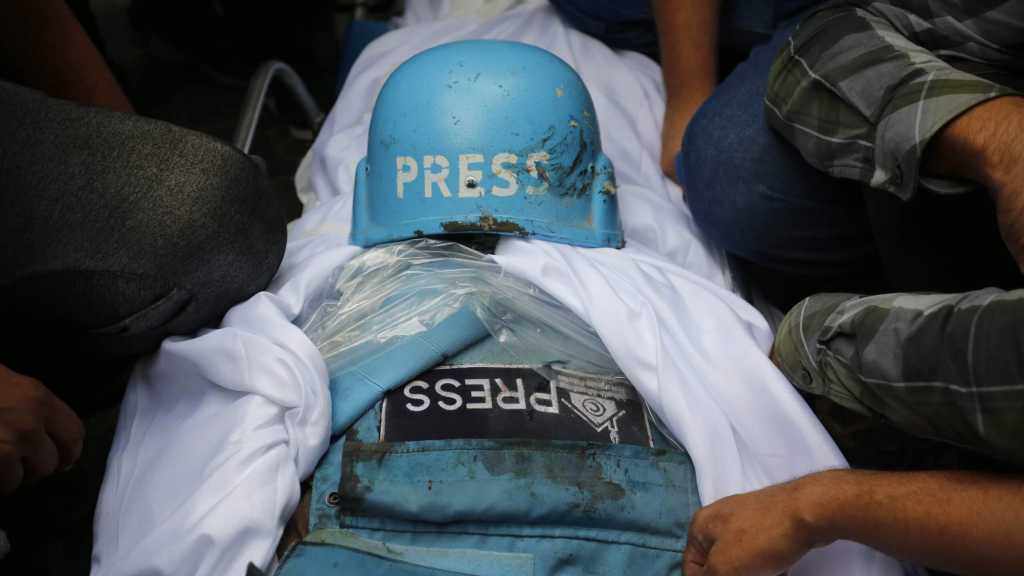How to Win $1500, the American Way

Local Editor, 20-02-2010
The war has a price in southern Afghanistan.
U.S. Army units fighting the Taliban in Helmand province have a compensation system for any death, injury or damage to crops and buildings caused by American forces to Afghan civilians and their property, or so they say.
The suffering of a population caught between combatants during the Afghan war is a politically sensitive issue, and NATO troops have sought to make amends for deadly airstrikes and other instances in which civilians were killed.
In turn, they accuse insurgents of using civilians as human shields, making it harder to distinguish between enemies and innocents. Financial compensation in desperately poor Afghanistan is at least one way to alleviate distress and show good intentions, military commanders say.
The American units carry a list that gives guidance on payouts:
The death of a child or adult is worth $1,500-$2,500, loss of limb and other injuries $600-$1,500, a damaged or destroyed vehicle $500-$2,500, and damage to a farmer's fields $50-$250.
The system is also useful for gathering intelligence on insurgents, says 1st Sgt. Gene Hicks of Tacoma, Washington. The military pays villagers in local currency for information about the location of roadside bombs as well as "where they've seen people at, where they've seen people moving, where they've seen people shooting from," one soldier named Hicks declared. Hicks is part of the Alpha Company of 1st Battalion, 17th Infantry Regiment of the 5th Stryker Brigade.
His Company has paid out nearly $500 so far, though they also have yet to compensate landowners for compounds they have occupied and turned into patrol bases. One Afghan landowner stands to reap a windfall because his compound has been occupied by British, Canadian and American troops."They've all used the same compound," Hicks said. "So he gets his money from whoever's occupying his compound at the time."
"It's really kind of hard," Hicks said. "You have to determine whether the guy was a good guy or a bad guy. It's a benefit of the doubt kind of thing."
The decision, it seems, to compensate for a life is stands at an occupation soldier's opinion. Good or Bad? Toss a coin.
The compensation process requires completed claim forms, and is sometimes complicated by the fact that many villagers don't know how to write and can't sign their names. Soldiers take their fingerprint on the document or photograph them with the form.
During a mission in neighboring Kandahar province, Alpha Company once ran into an enterprising man who showed them where to find a roadside bomb that could have caused serious damage to one of their Stryker infantry carriers. The man wouldn't settle for a few hundred dollars; he wanted the amount of the armored vehicle that had possibly been saved from destruction - a cool $2 million or more.
He didn't get it.
But had he asked for compensation for a loved one's life, he might have got $1500.
War does have a price in Afghanistan. The American way, of course.
The war has a price in southern Afghanistan.
U.S. Army units fighting the Taliban in Helmand province have a compensation system for any death, injury or damage to crops and buildings caused by American forces to Afghan civilians and their property, or so they say.
The suffering of a population caught between combatants during the Afghan war is a politically sensitive issue, and NATO troops have sought to make amends for deadly airstrikes and other instances in which civilians were killed.
In turn, they accuse insurgents of using civilians as human shields, making it harder to distinguish between enemies and innocents. Financial compensation in desperately poor Afghanistan is at least one way to alleviate distress and show good intentions, military commanders say.
The American units carry a list that gives guidance on payouts:
The death of a child or adult is worth $1,500-$2,500, loss of limb and other injuries $600-$1,500, a damaged or destroyed vehicle $500-$2,500, and damage to a farmer's fields $50-$250.
The system is also useful for gathering intelligence on insurgents, says 1st Sgt. Gene Hicks of Tacoma, Washington. The military pays villagers in local currency for information about the location of roadside bombs as well as "where they've seen people at, where they've seen people moving, where they've seen people shooting from," one soldier named Hicks declared. Hicks is part of the Alpha Company of 1st Battalion, 17th Infantry Regiment of the 5th Stryker Brigade.
His Company has paid out nearly $500 so far, though they also have yet to compensate landowners for compounds they have occupied and turned into patrol bases. One Afghan landowner stands to reap a windfall because his compound has been occupied by British, Canadian and American troops."They've all used the same compound," Hicks said. "So he gets his money from whoever's occupying his compound at the time."
"It's really kind of hard," Hicks said. "You have to determine whether the guy was a good guy or a bad guy. It's a benefit of the doubt kind of thing."
The decision, it seems, to compensate for a life is stands at an occupation soldier's opinion. Good or Bad? Toss a coin.
The compensation process requires completed claim forms, and is sometimes complicated by the fact that many villagers don't know how to write and can't sign their names. Soldiers take their fingerprint on the document or photograph them with the form.
During a mission in neighboring Kandahar province, Alpha Company once ran into an enterprising man who showed them where to find a roadside bomb that could have caused serious damage to one of their Stryker infantry carriers. The man wouldn't settle for a few hundred dollars; he wanted the amount of the armored vehicle that had possibly been saved from destruction - a cool $2 million or more.
He didn't get it.
But had he asked for compensation for a loved one's life, he might have got $1500.
War does have a price in Afghanistan. The American way, of course.
Comments

Kremlin: No Preparations Yet for Trump-Putin Meeting
3 months ago


